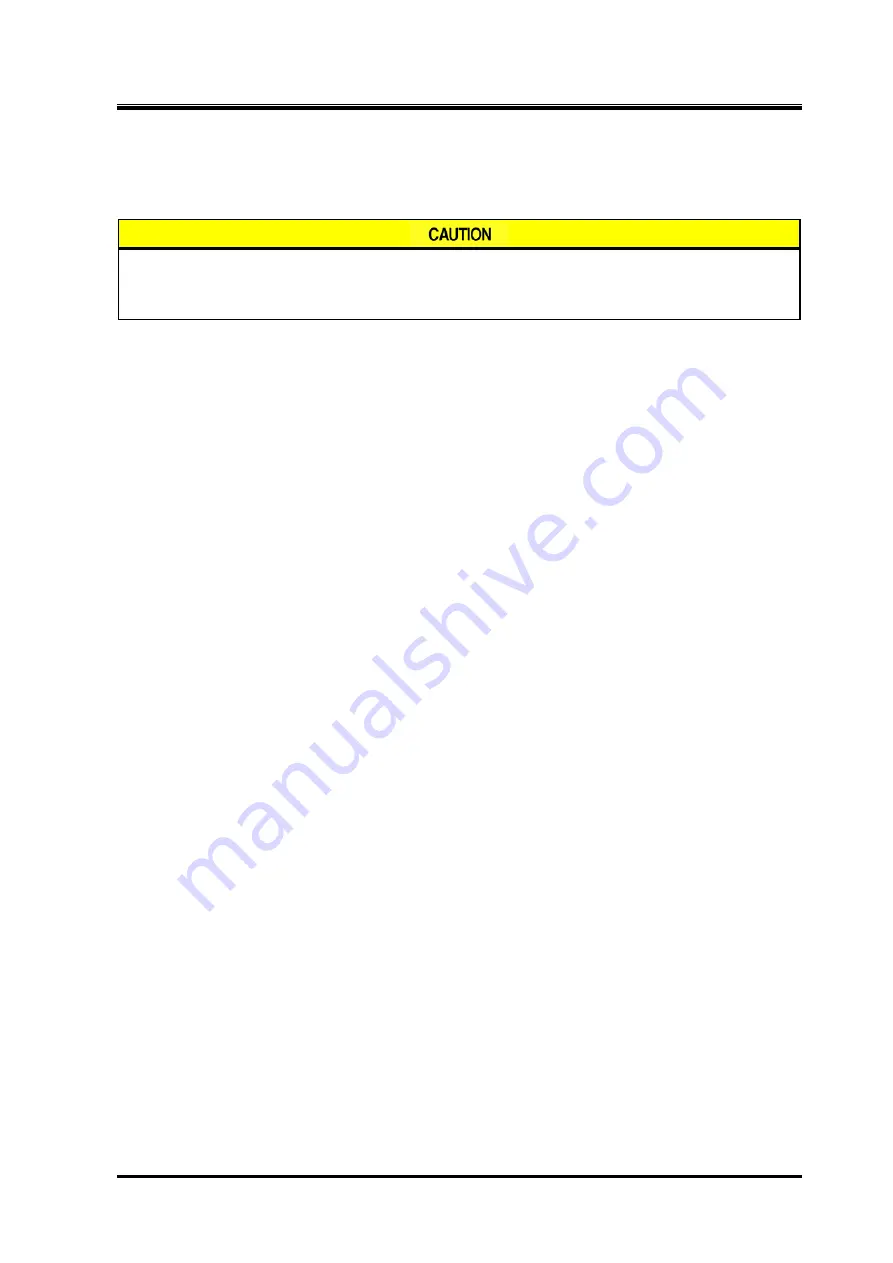
2205B0JE-DA-J-N_2014.05.
4 Compressor and Package Operation
Screw Compressor J-series
4.2 Lubricant (Refrigerant Oil)
4-4
4.2.3 Change of Lubricant Brand
When changing the brand of lubricant in use, attention must be paid to the following points.
The change of lubricant brand may cause problems in operating conditions and
the compressor. When changing the lubricant brand in use, make sure to contact
us because appropriate steps must be surely followed.
Lubricant may contain additives for the purpose of improving lubricating ability and preventing
deterioration. The kinds of additives and the additive rate differ depending on the type and
brand of lubricant. Therefore, we recommend avoiding the mixed use of different brands of
lubricant. If mixed brands of lubricant are used, the different additives in the lubricants may
react with each other and cause problems of creating foreign substances.
If it is necessary to change the brand of lubricant, recover as much oil as possible from the
compressor as well as the oil separator, oil cooler, condenser, evaporator and other package
and plant components before charging the new lubricant brands.
When changing brands of lubricants, always confirm advice of change from the lubricant
manufacturer. Particularly when changing the brand to a different manufacturer, consult both
manufacturers to verify that the brand change will not cause problems.
When changing the lubricant to another product of the same brand at a different viscosity grade,
confirm that the viscosity grade will not cause problems during operation of the compressor.
Depending on the characteristics of lubricant (miscible or non-miscible), the refrigeration
system must adopt different package components and refrigeration flow (e.g. type of
evaporator, with or without oil return line). Therefore, miscible lubricant must not be changed to
non-miscible lubricant. If you change the lubricant from non-miscible to miscible, select the
lubricant paying particular attention to the viscosity. The actual lubricant viscosity supplied to
the compressor will lower because the refrigerant dissolves in the lubricant.
4.2.4 Precautions for Handling Lubricant
For lubricant charging, always use clean oil that has been sealed and stored indoors. Any oil
left open to air may absorb moisture and contain dust or foreign substances.
When charging lubricant, take extreme care not to allow entry of air and moisture.
4.2.4.1 Precautions for Handling Polyalkylene Glycol (PAG)
PAG oil is much more hygroscopic than mineral oils and any moisture mixed in the oil may lead to rust,
corrosion and wear within the package. When handling PAG oil, pay special attention to the following
points.
Do not perform oil charging in rainy weather or at a place with high humidity to prevent
absorbing moisture.
Before charging, remove as much moisture as possible from the system by exhausting it with a
vacuum pump for a sufficient length of time and leaving the system in vacuum condition
overnight.
Do not open the lid of bale can until just before charging. Once the can is opened, finish the oil
charge as quickly as possible. (Finish the charge of a single can of oil within 15 minutes.)
Cover any gaps between the bale can opening and the charge hose so that foreign substances
or moisture cannot enter. A more effective way is to substitute any space inside the bale can
with nitrogen gas .
Always charge all oil from the bale can. Even if some oil remains, do not use it subsequently.
If any oil drops on a painted surface, wipe it away as soon as possible. Otherwise the paint may
come off.
















































